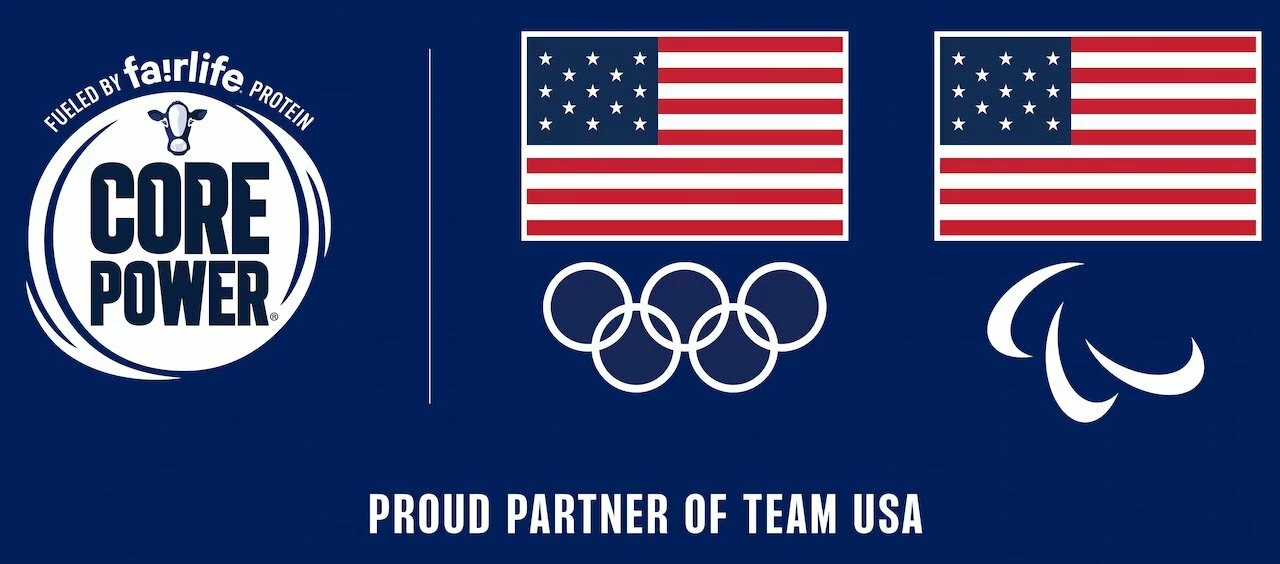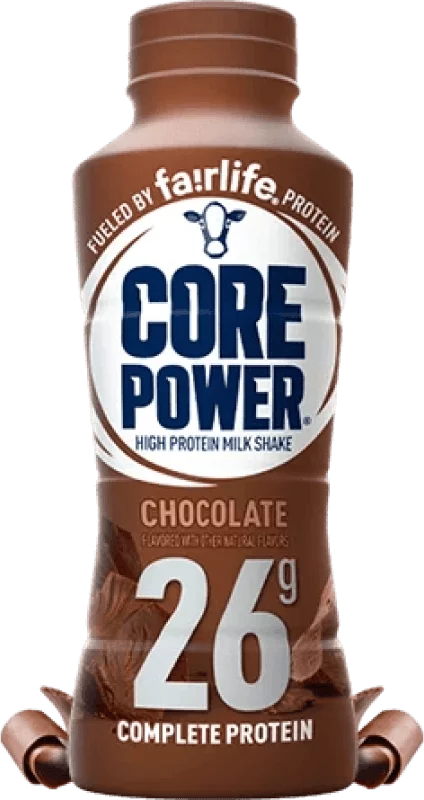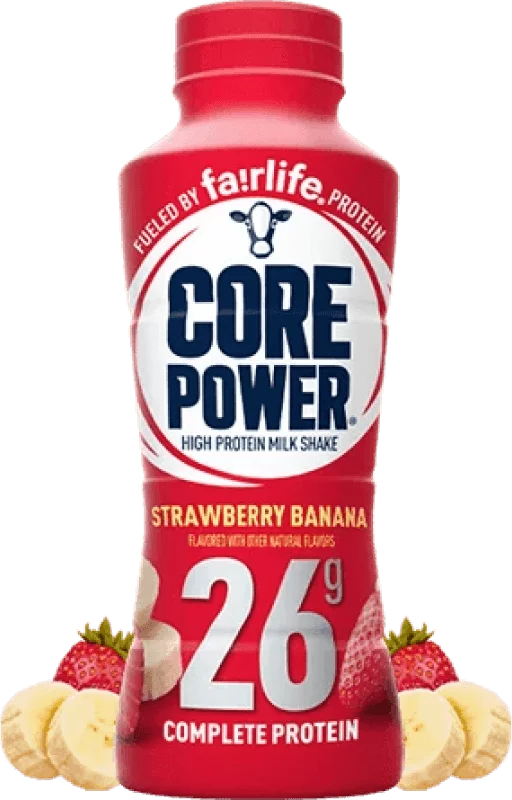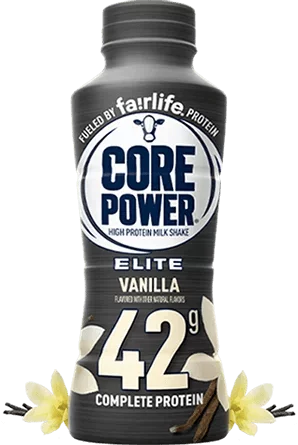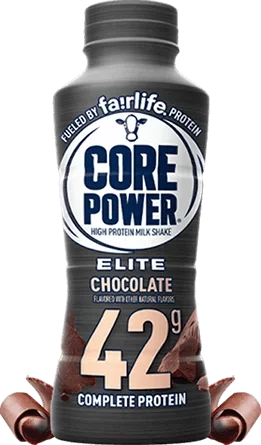After you work out, you can feel worn out. Core Power fights post-workout fatigue and dehydration with high-quality protein and electrolytes. Made from fairlife ultra-filtered milk, Core Power is a delicious way to maximize your recovery and get the nutrition you need to power on!
Core Power: High Protein Drinks for Every Workout
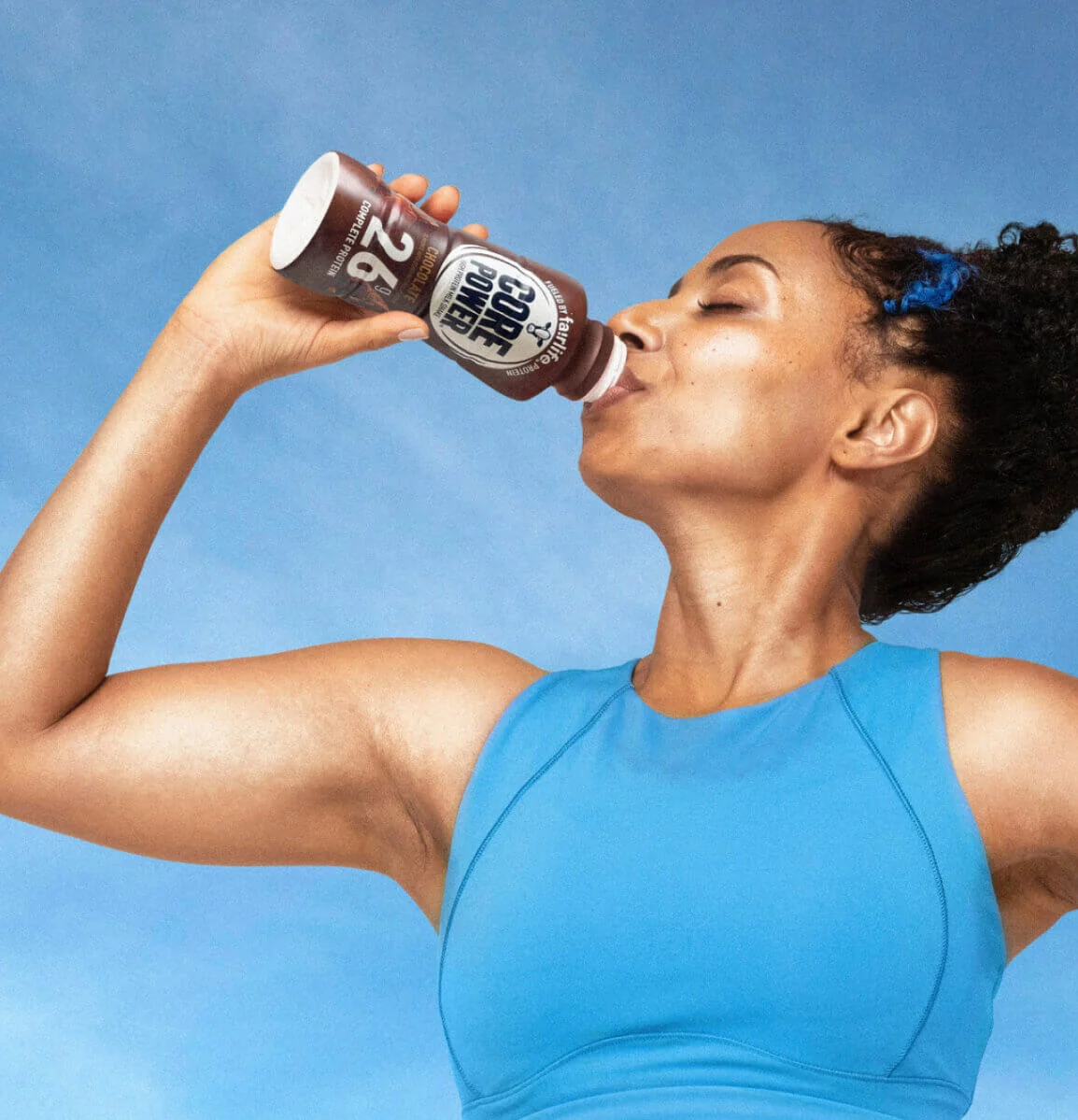
champion your

high quality
proteinto build muscle
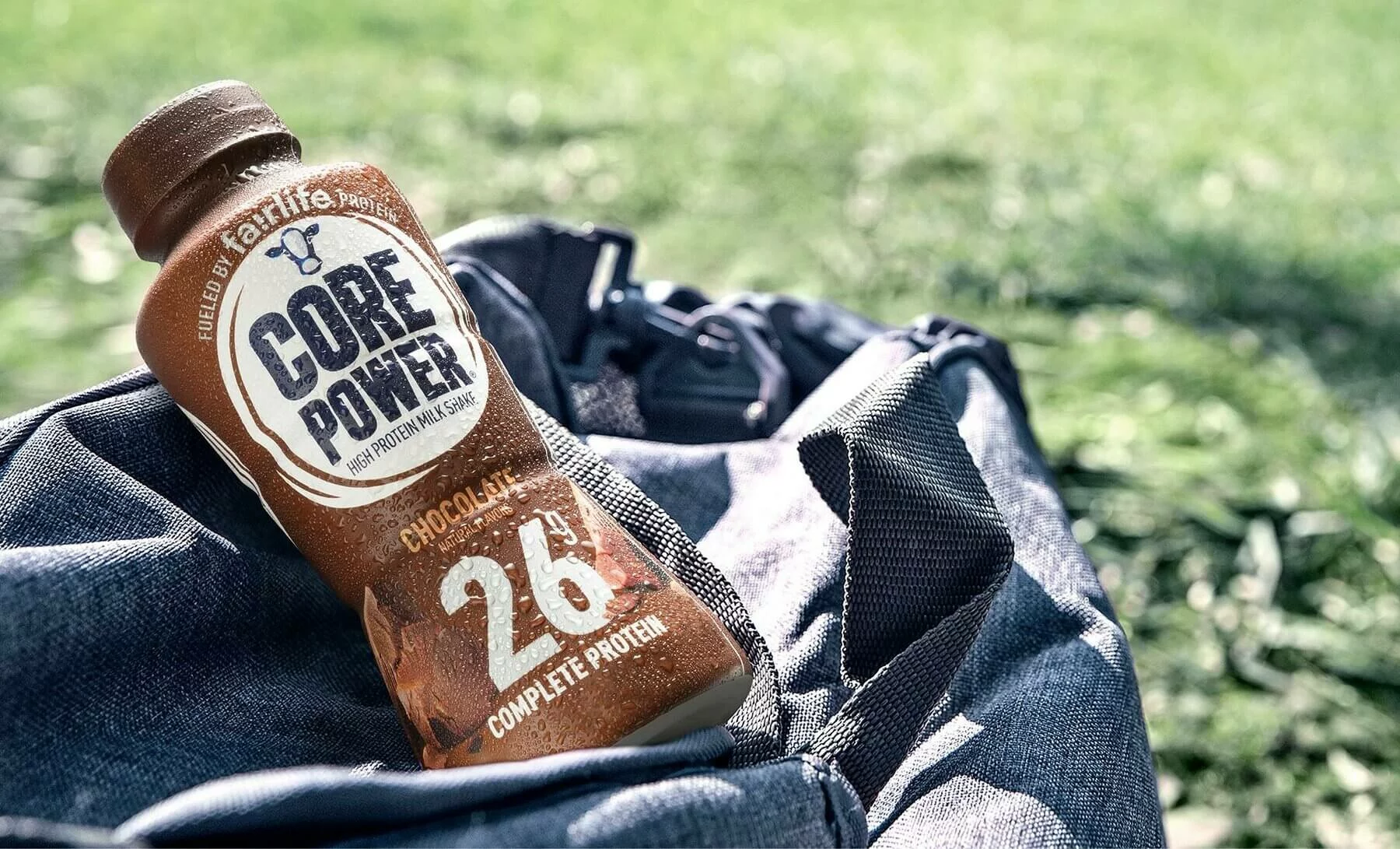
rise to a new
level of recovery
PROTEIN TO
BUILD MUSCLE

Electrolytes
TO HELP HYDRATE
REPLENISH
REPAIR
REBUILD
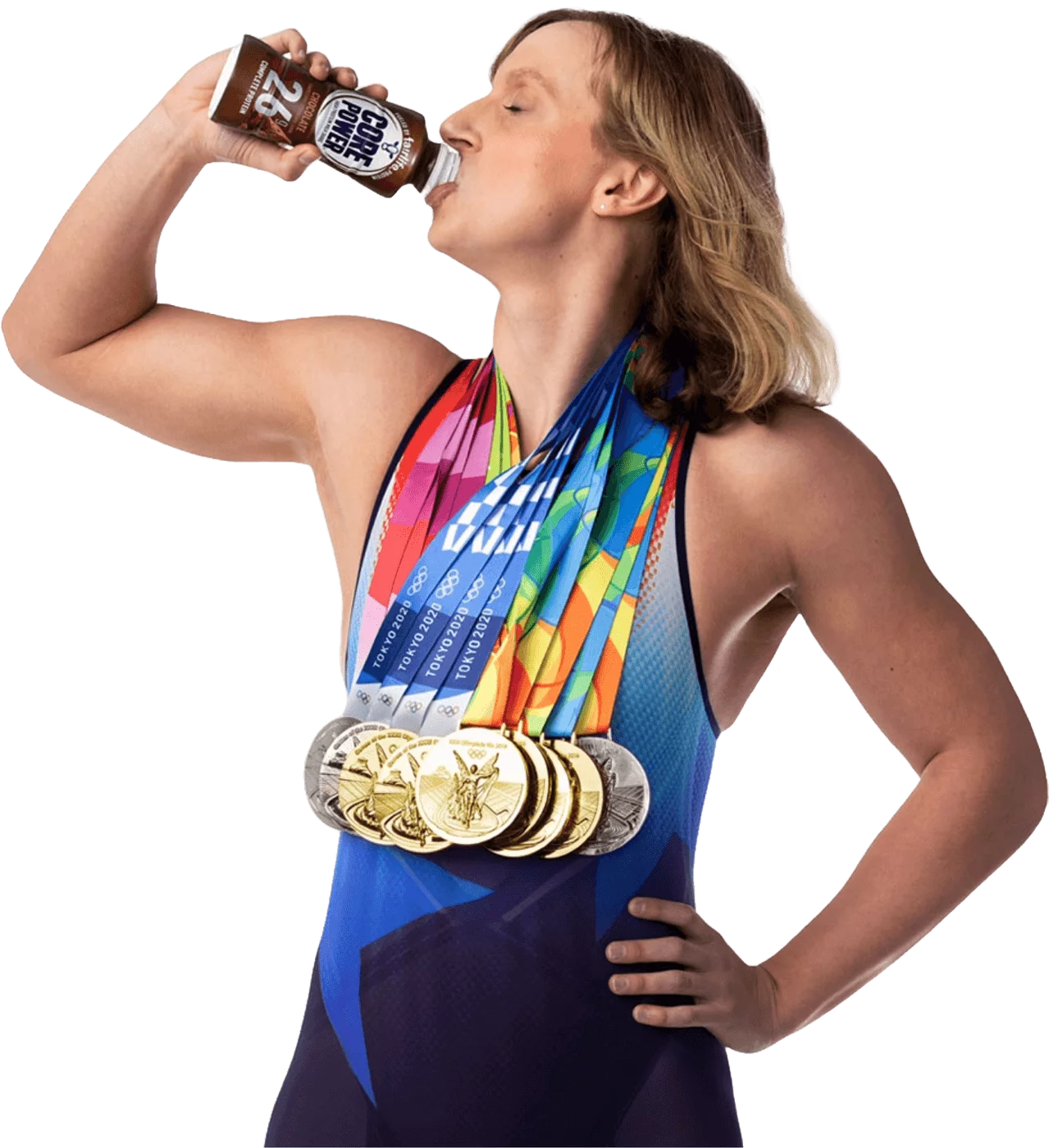
Katie Ledecky
14x U.S. Olympic Medalist
“Core Power has the protein, electrolytes, and nutrients my body needs to be ready for my next training session.”
Katie Ledecky is the most awarded female swimmer of all time. She’s been using Core Power to elevate her recovery routine since 2016, and after adding two golds to her resume at the 2024 Paris Olympic Games, it’s easy to see that she hasn’t missed a sip.
